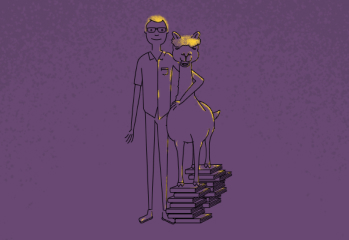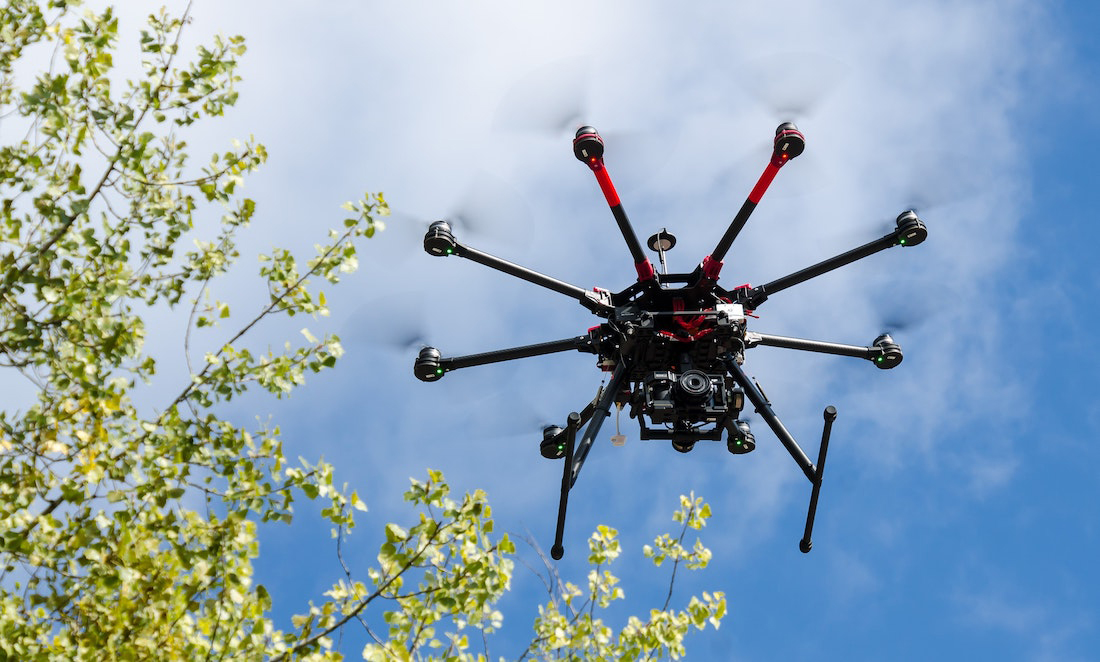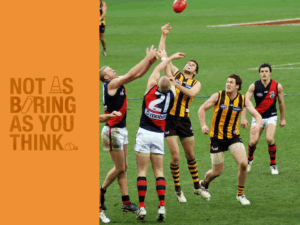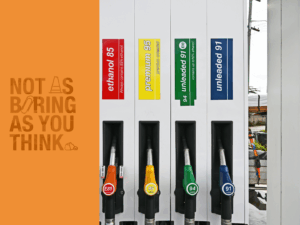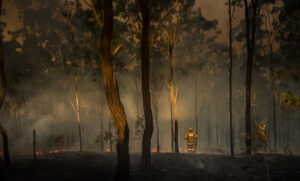Two years ago, Global Drone Solutions Chief Executive Mahmood Hussein and his staff compiled a list of 150 roles for drone pilots.
It featured everything from real estate photography to parcel delivery, weed spraying to pit wall inspections.
Today, Mahmood thinks he could probably double that figure.
“I could reel off hundreds of these applications,” he says. “There’s new ones being found every day.”
One example is a farmer Mahmood has trained to use drones instead of helicopters to muster cattle.
He says the farmer attached a thermal camera to the drone to count the cattle in each paddock. The drone’s heat signature can detect if animals are pregnant or sick – something a chopper can’t do.
School of the air
On the morning Mahmood talks to Particle, he has a group starting a remote pilot’s licence course.
His students typically come from mining, construction, photography and the media industry.
Over 5 days, they’ll study aerodynamics, navigation, batteries, airspace regulations, meteorology, human factors, risk assessment, radio operations and mission planning.
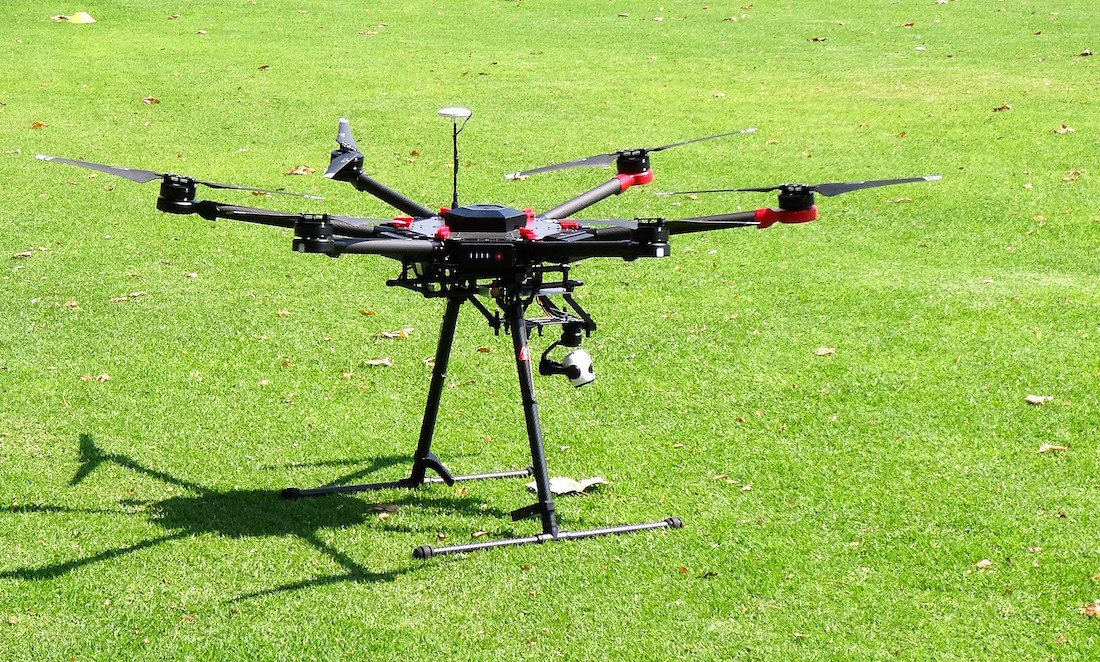
Mahmood has also teamed up with South Metro TAFE to offer high school students their remote pilot’s licence as part of a Certificate III in Aviation.
The tipping point
Mahmood says there hasn’t always been this level of demand from people wanting to join the industry.
Ten years ago, very few people were interested in flying drones for commercial purposes, thanks in part to stringent laws requiring professional drone operators to hold a full recreational pilot’s licence, he says.
In 2013 when the laws were relaxed, professional drone flying began gaining popularity.
Another tipping point came a couple of years later, Mahmood says.
“Around 2015 or 2016, the prices [of drones] came down quite dramatically,” he says.
“[That’s] due to the miniaturisation of components used in smart phones … that are also used in drones. For instance, the camera and the GPS.”
Taking off
Mahmood says many companies are starting to think of drones as a useful tool, rather than a toy.
“Now you can buy an exceptionally good, entry-level commercial drone for about $2500, and that can go up to $40,000 or $50,000,” he says.
“The average price for a really good commercial drone is about $12,000 at the moment.”
The artificial intelligence dream team
Of all the applications for drones, Mahmood is most excited about artificial intelligence.
“Engineers are working on algorithms to allow drones to fly autonomously around buildings or other objects,” he says.
“You’ve also got what’s called ‘detect and avoid’, so aircraft like drones can see there’s a building or a person in front of them, and they will take action to avoid that.
“And then on top of that, you’ve got machine learning.”
That’s the science of creating algorithms that can learn from data or observations without relying on rules-based programming.
Drones can be programmed to conduct the same flight, such as mine surveys, again and again.
They can also be programmed to identify shapes and used to detect objects like sharks in the water.
“It’s surrounded by all this high-tech … that’s what makes it so exciting,” Mahmood says.
